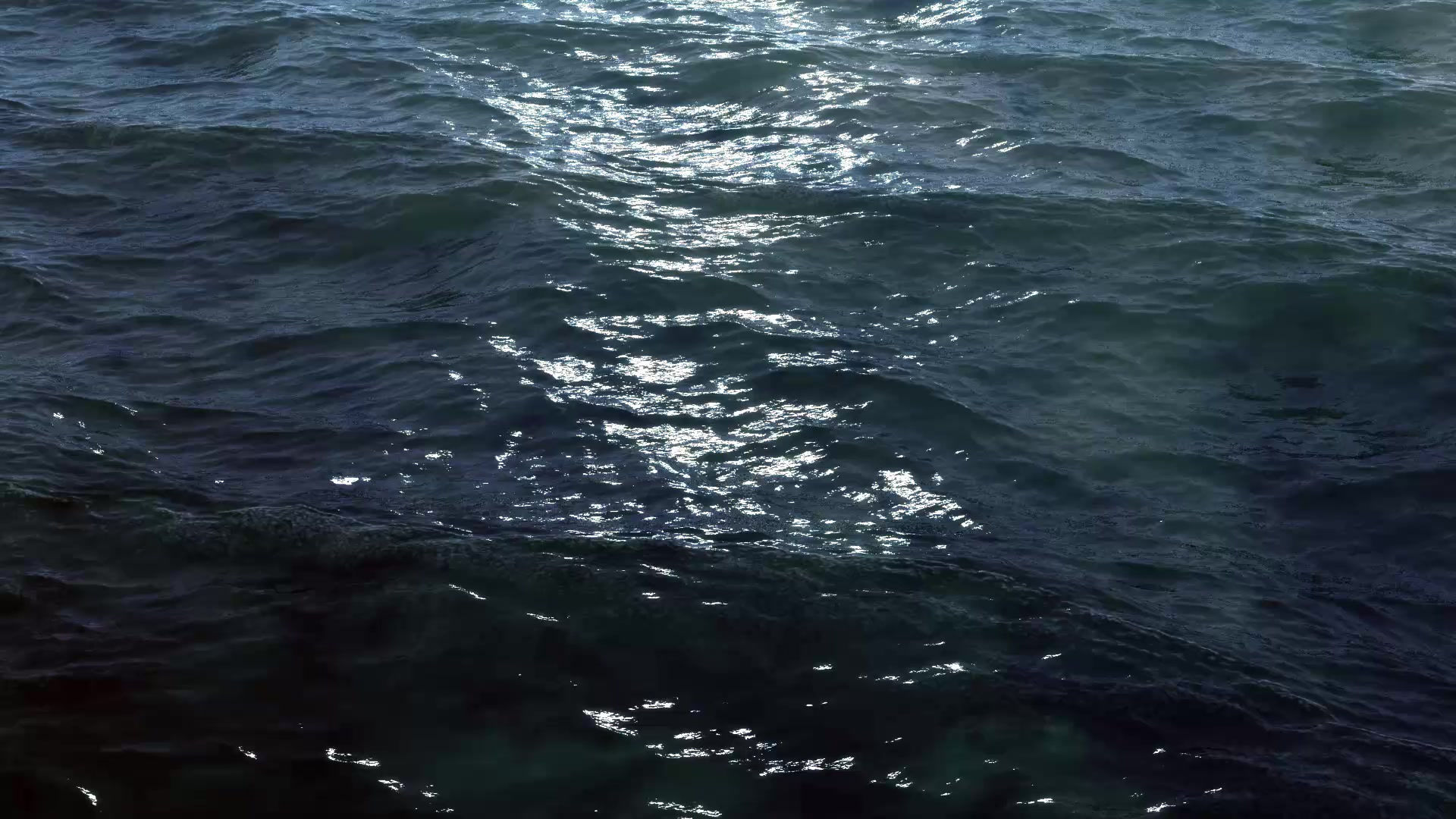Cold Plunges for Men vs Women: How Gender, Hormones & Health Interact With Cold Therapy
- Ghetto Smurf
- Jul 28
- 4 min read
The Rise of Cold Plunges and Why Gender Matters Cold plunges and ice baths are gaining popularity among wellness seekers, athletes, and biohackers alike. But as more people immerse themselves in the icy waters, an important question arises: Do men and women respond the same way to cold therapy? The answer is complex and rooted in biology.
At Myhaven Oysterhaven, where sauna and cold therapy come together by the sea in County Cork, we’ve seen firsthand how individual experiences vary. This article explores how gender, hormones, and physiology influence the effects of cold plunges, backed by scientific evidence and practical recommendations.

The Basics of Cold Water Immersion
Cold water immersion (CWI), commonly known as cold plunging, involves submerging the body in water typically ranging from 10°C to 15°C. Benefits include:
Reduced muscle soreness
Enhanced recovery
Boosted circulation
Decreased inflammation
Improved mood through endorphin release
However, the body’s response depends on thermoregulation, metabolism, and hormonal cycles, all of which differ between men and women.
Cold Plunges and the Female Hormonal Cycle:

A woman’s response to cold therapy can fluctuate dramatically throughout her 28-day cycle, and understanding these phases is key.
Follicular Phase (Days 1–14)
Hormones: Oestrogen gradually increases.
Cold Plunge Impact: Energy is higher, and the body handles stress better. Great time for cold plunges, especially post-exercise.
Ovulation (Around Day 14)
Hormones: Oestrogen peaks, and testosterone spikes slightly.
Cold Plunge Impact: Metabolism and temperature regulation peak. Plunges feel energising and beneficial.
Luteal Phase (Days 15–28)
Hormones: Progesterone rises, and body temperature increases.
Cold Plunge Impact: The body may feel colder. Cold plunging could feel more taxing. Some women find it beneficial for mood and reducing PMS, but not ideal for high-intensity sessions.
Menstruation (Days 1–5)
Hormones: All hormone levels drop.
Cold Plunge Impact: Cold therapy can ease cramps and inflammation, but some women may feel more fatigued. Use caution and listen to the body.
Hormonal Imbalances. For women with PCOS, thyroid issues, or adrenal fatigue, cold exposure can be helpful in small doses but should be monitored closely. Intense plunges may worsen fatigue if cortisol levels are dysregulated.
When to Avoid:
During high stress or fatigue
If feeling faint, anxious, or having low blood pressure
During certain phases of fertility treatment (consult GP)
Cold Plunges and Men’s Hormonal Health

Men’s hormonal cycles are more stable, but cold plunges still impact their testosterone, cortisol, and metabolism.
Testosterone: Some studies suggest short bursts of cold exposure can boost testosterone levels temporarily, especially when combined with strength training. However, prolonged exposure or overuse may suppress levels by triggering a stress response (cortisol).
Recovery and Performance: Men generally recover faster due to higher muscle mass and resting metabolic rates. Cold plunges can accelerate post-exercise recovery and reduce inflammation.
Mental Clarity & Mood: Cold plunges trigger dopamine release, which may improve focus and drive, often cited as a mental edge by male athletes and CEOs.
When to Avoid:
If dealing with low testosterone or adrenal fatigue
Post extreme endurance events where natural inflammation is needed for adaptation
Gender Differences in Cold Tolerance

Cold Plunges for Men vs Women:
Women tend to have more subcutaneous fat, aiding insulation, but lower skin surface blood flow, making extremities feel colder faster.
Men often have higher lean mass, which helps in heat retention and faster recovery.
This means women may need shorter plunge durations or slightly warmer temperatures to gain the same benefits safely.
Recommendations by Gender:
For Women:
Track your cycle and tailor cold plunges accordingly
Start slow (2–3 minutes) during menstruation or luteal phase
Use post-sauna for relaxation and PMS relief
For Men:
Combine plunges with strength training for testosterone benefits
Avoid overuse after high-stress events
Use in the morning for mood, or post-workout for recovery
Cold Plunges for Men vs Women Is Summed Up To, Bio-Individual Wellness with Cold Exposure
Whether male or female, your experience with cold plunges will be unique. By understanding how your body responds through the lens of hormones and biology, you can harness cold therapy for better energy, recovery, and well-being.
At Myhaven Oysterhaven, we honour this individuality. Our guided cold immersion sessions by the sea in County Cork are designed to support every guest, whether you're looking for physical recovery, hormonal balance, or mental clarity.

FAQs:
Can cold plunges affect a woman’s menstrual cycle?
Yes, they can influence symptoms like cramps, mood, and energy depending on the cycle phase.
Is cold plunging safe during ovulation or menstruation?
Generally yes, but some women may feel more fatigued or sensitive. Listen to your body.
Do cold plunges increase testosterone in men?
Short sessions may provide a temporary boost, especially after resistance training.
Should women with hormonal imbalances do cold plunges?
It can help with regulation but should be approached gently. Always consult a health professional.
Are men and women supposed to cold plunge differently?
Yes, due to differences in hormones, fat distribution, and thermal response, durations and frequency may vary.
To experience the benefits of cold therapy tailored to your unique body, join us at Myhaven Oysterhaven, where the sea, sauna, and science meet in harmony.








Comments